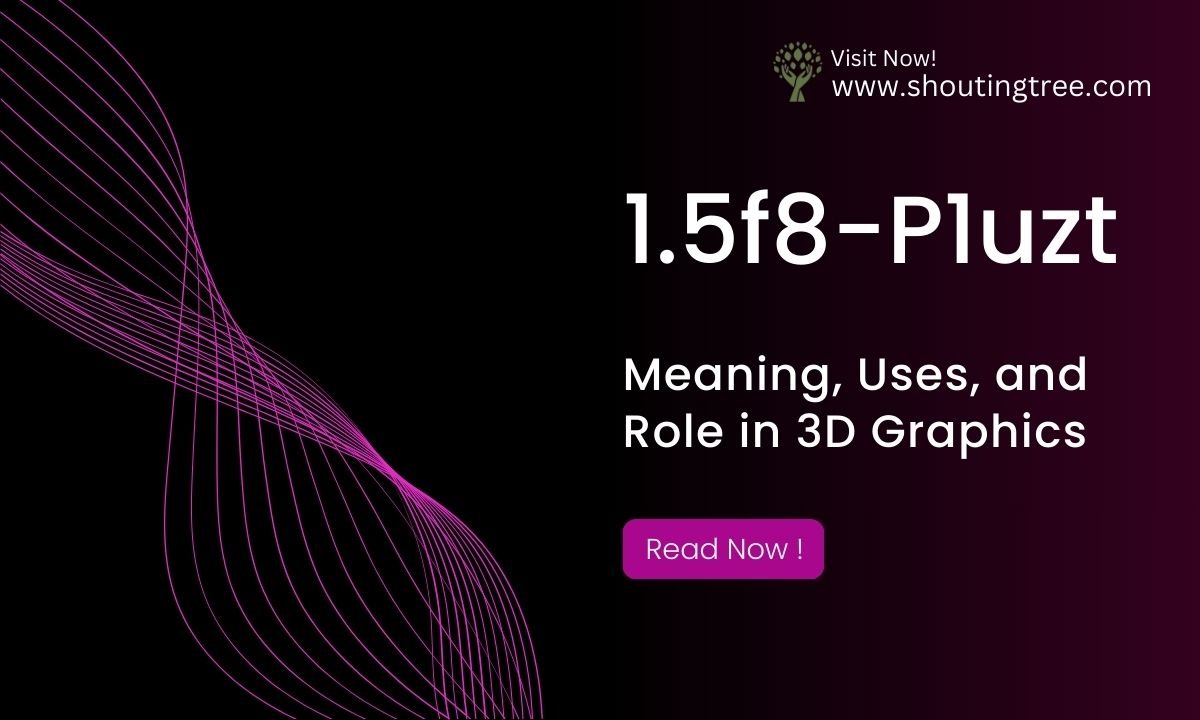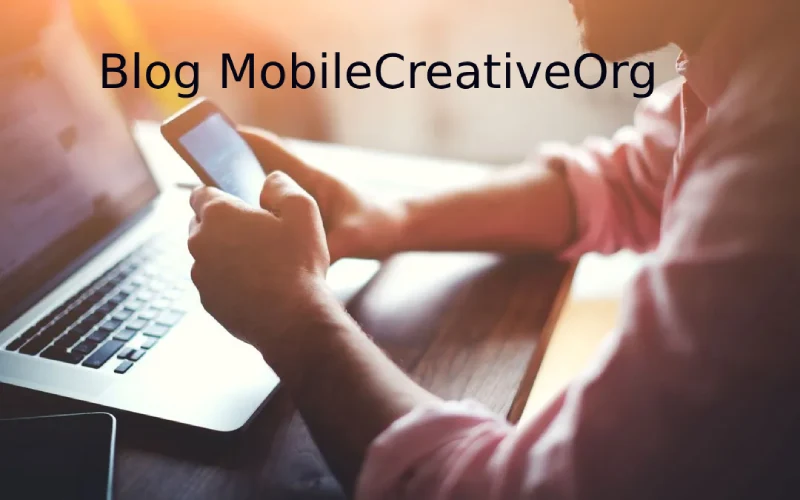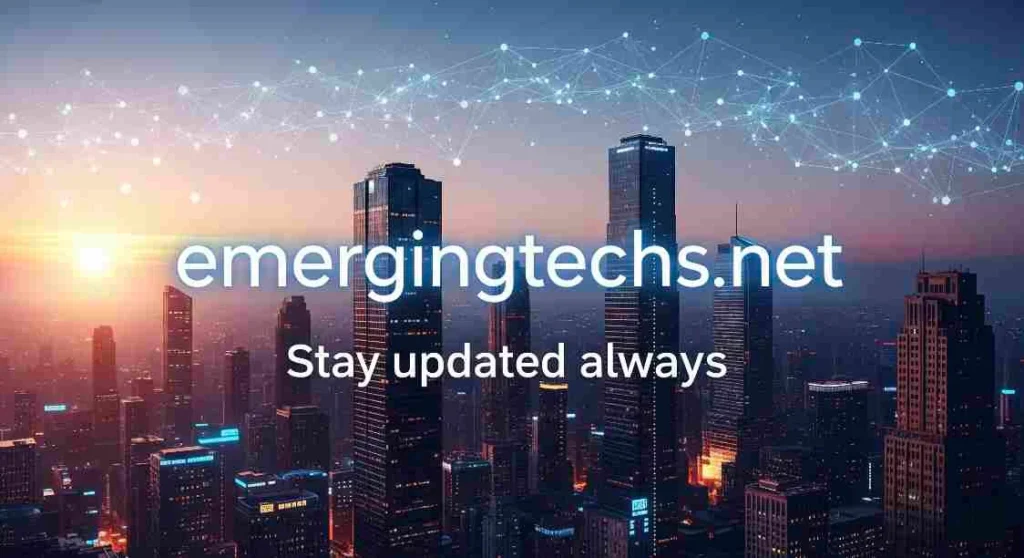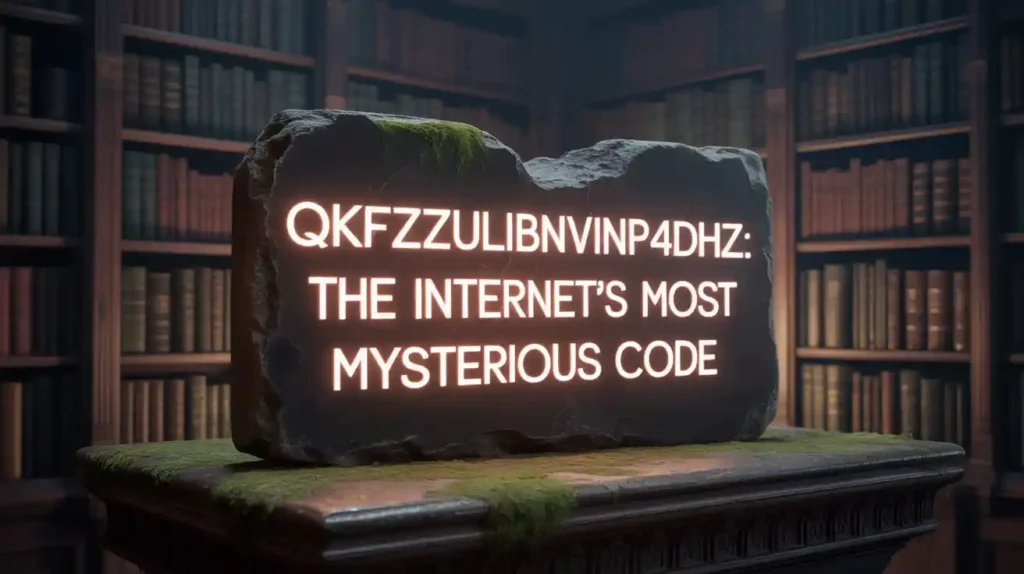Have you ever stumbled upon something so visually fascinating that it made you stop and wonder how it was created? That’s exactly how many designers, gamers, and digital artists feel when they encounter the 1.5f8-p1uzt texture. It’s not just another file name or random digital pattern—it’s a creative element that adds depth, realism, and vibrance to visual projects. But what really makes this texture stand out from the rest? Let’s take a closer look and uncover what makes the 1.5f8-p1uzt texture special, how it’s used, and why it’s gaining attention in creative industries.
Understanding What 1.5f8-p1uzt Texture Is
Before we dive into the uses and creative possibilities, it’s important to understand what the 1.5f8-p1uzt texture actually represents. In simple terms, it’s a digital surface pattern or design element that can be applied to 3D models, backgrounds, or visual compositions to give them a more realistic or artistic appearance.
Textures like this are often used in graphic design, video games, 3D modeling, and animation. They simulate the look and feel of real-world surfaces such as wood, metal, stone, or fabric. However, what makes the 1.5f8-p1uzt texture stand out is its unique blend of color gradients and fine surface detailing that can transform an ordinary object into something visually captivating.
Why Textures Matter in the Digital World
If you’ve ever played a video game, watched an animated film, or used a design app, you’ve seen textures at work. They bring flat digital spaces to life by adding realism and emotion. A stone wall looks rough, a silk dress appears soft, and a racing car shines with polished metal—all thanks to textures.
In the case of 1.5f8-p1uzt, its texture design offers a balanced combination of complexity and clarity. It doesn’t overpower the object it’s applied to but instead enhances it. This balance is what makes it so appealing to both developers and artists who aim for realistic but visually engaging designs.
The Unique Design Approach Behind 1.5f8-p1uzt
Every texture carries a creative story, and 1.5f8-p1uzt is no exception. It seems to follow a modern design logic—combining minimalism with intricate visual effects. The texture’s micro-patterning and gradient shifts suggest it’s designed with attention to lighting behavior, which means it reacts beautifully under different angles and light sources.
Designers love using it because it’s versatile. Whether you’re creating a futuristic dashboard, an industrial metal surface, or a tech-inspired background, the 1.5f8-p1uzt texture adapts seamlessly. It brings a sense of sophistication without making the visual too busy or overdone.
Applications in Creative Industries
The reach of 1.5f8-p1uzt extends far beyond one design platform. It’s finding its way into various creative fields, each using it in their own unique ways.
1. Game Development
In gaming, textures determine how environments and characters look. Developers use 1.5f8-p1uzt to create surfaces that look authentic and react dynamically to in-game lighting. Whether it’s the surface of a spacecraft, a futuristic city floor, or a high-tech armor, this texture adds a layer of realism that keeps players immersed.
2. 3D Modeling
3D artists value textures that don’t distort when applied to complex models. The 1.5f8-p1uzt texture is lightweight yet detailed, making it perfect for objects that require precision. It provides smooth transitions, realistic depth, and fine detailing that looks amazing in renders.
3. Web and Graphic Design
Modern websites and visual advertisements are moving toward dynamic, textured backdrops. Instead of using flat colors, designers prefer patterns that subtly enhance the layout. The 1.5f8-p1uzt texture serves as a great base for digital backgrounds, posters, and branding visuals that need a futuristic touch.
How Lighting Interacts With the Texture
A fascinating aspect of this texture is how it interacts with light and shadows. Depending on the environment, it can appear glossy, matte, or metallic. This makes it flexible for projects that require different moods or styles.
For instance, under soft lighting, the texture may look smooth and calming, perfect for minimalist visuals. Under bright or directional lighting, it reveals tiny reflective patterns, adding drama and detail. This quality gives creators room to experiment without having to modify the base design.

The Role of Texture Mapping in Enhancing Realism
Textures like 1.5f8-p1uzt don’t just sit on a flat surface—they’re mapped onto objects using a technique called texture mapping. This process allows the texture to wrap around curves, edges, and shapes naturally. When combined with normal maps or bump maps, the texture gains realistic shadows and highlights, mimicking a real surface.
This is particularly useful in architectural visualization or product rendering, where every detail matters. By applying 1.5f8-p1uzt, designers can make a simple model appear like it’s made from a real material, without increasing the file size drastically.
Why Creators Are Loving the 1.5f8-p1uzt Texture
So, why has this particular texture become a favorite among digital creators? The answer lies in its balance between aesthetics and performance. It’s detailed enough to impress the eye but optimized enough to keep rendering smooth and efficient.
Additionally, the modern, almost futuristic vibe it gives off aligns perfectly with the current design trends. As industries move toward clean, tech-inspired visuals, 1.5f8-p1uzt feels like the right fit for projects that aim to look sleek, professional, and cutting-edge.
Tips for Using the 1.5f8-p1uzt Texture Effectively
To make the most out of this texture, here are a few tips for designers and developers:
-
Experiment with lighting angles. The texture reacts differently under various lighting setups, so test multiple scenes to find the most appealing look.
-
Combine it with metallic or gloss maps. Doing so can enhance depth and make surfaces appear more realistic.
-
Keep it subtle. The texture looks best when it complements the main design, not when it dominates it.
-
Use high-resolution versions. If available, opt for the highest resolution to avoid pixelation during close-up shots.
These small adjustments can make a massive difference in how the final product turns out.
The Future of Digital Textures
As technology evolves, the demand for high-quality, adaptable textures continues to grow. Artificial intelligence and machine learning are also playing a role in texture creation, making it easier to design surfaces that respond dynamically to light, environment, and motion. The 1.5f8-p1uzt texture stands as an example of where digital design is headed—toward more immersive, detail-rich visual experiences that don’t compromise performance.
Final Thoughts
The 1.5f8-p1uzt texture is more than just a design file—it’s a tool that bridges art and technology. It shows how creativity and technical innovation can come together to produce something visually striking and practical. Whether you’re a designer, game developer, or digital artist, incorporating textures like this can elevate your work to a new level of realism and style.
So, next time you come across a visual that feels effortlessly modern yet richly detailed, there’s a good chance a texture like 1.5f8-p1uzt is working quietly in the background, bringing it all to life.




